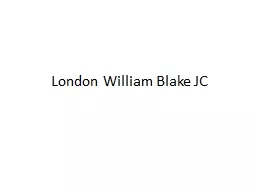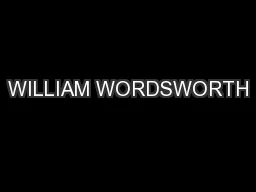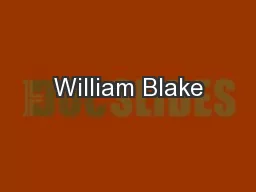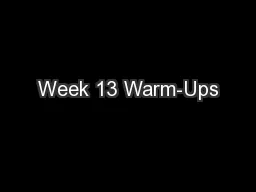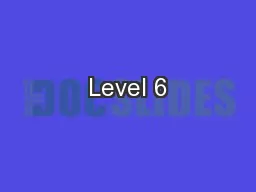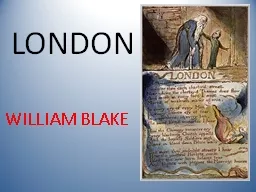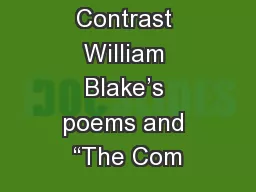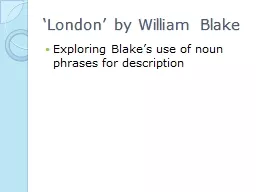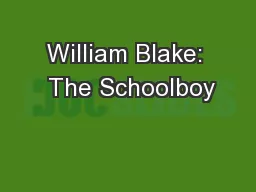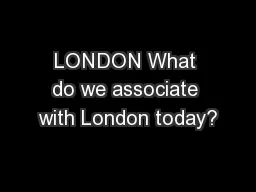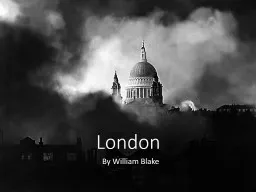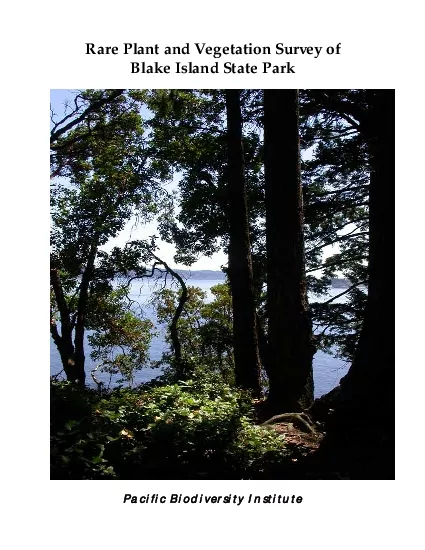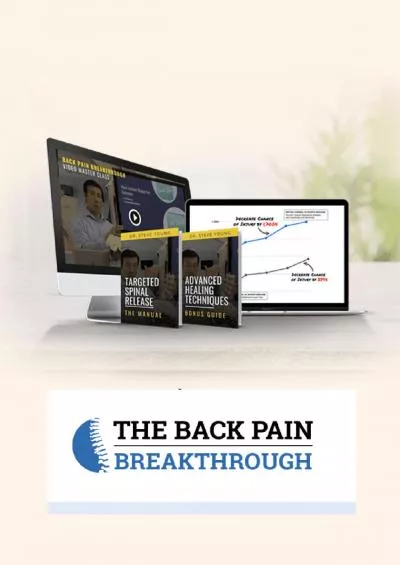PPT-London William Blake JC Back to Poetry
Author : ellena-manuel | Published Date : 2018-03-06
In your MOCK and final EXAM for Literature you will write about poems in your anthology You will compare the poems All the poems are linked by the theme of POWER
Presentation Embed Code
Download Presentation
Download Presentation The PPT/PDF document "London William Blake JC Back to Poetry" is the property of its rightful owner. Permission is granted to download and print the materials on this website for personal, non-commercial use only, and to display it on your personal computer provided you do not modify the materials and that you retain all copyright notices contained in the materials. By downloading content from our website, you accept the terms of this agreement.
London William Blake JC Back to Poetry: Transcript
Download Rules Of Document
"London William Blake JC Back to Poetry"The content belongs to its owner. You may download and print it for personal use, without modification, and keep all copyright notices. By downloading, you agree to these terms.
Related Documents

